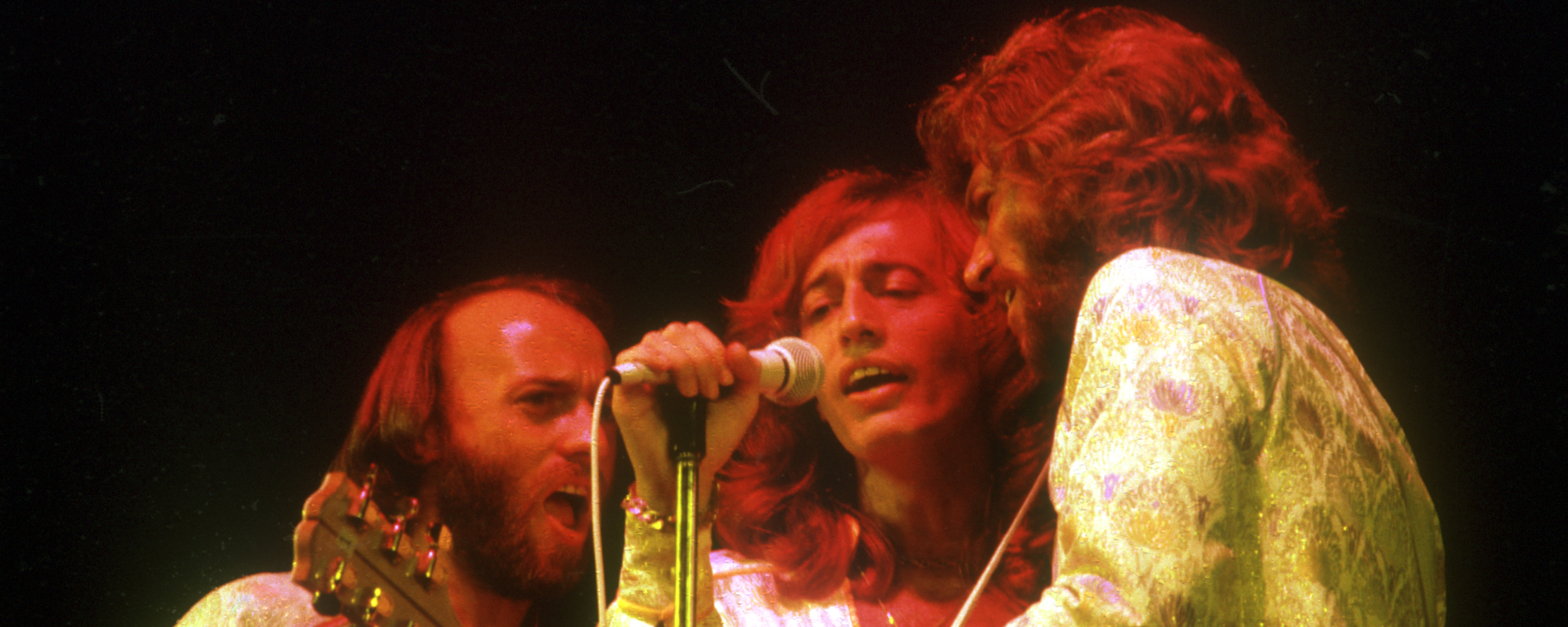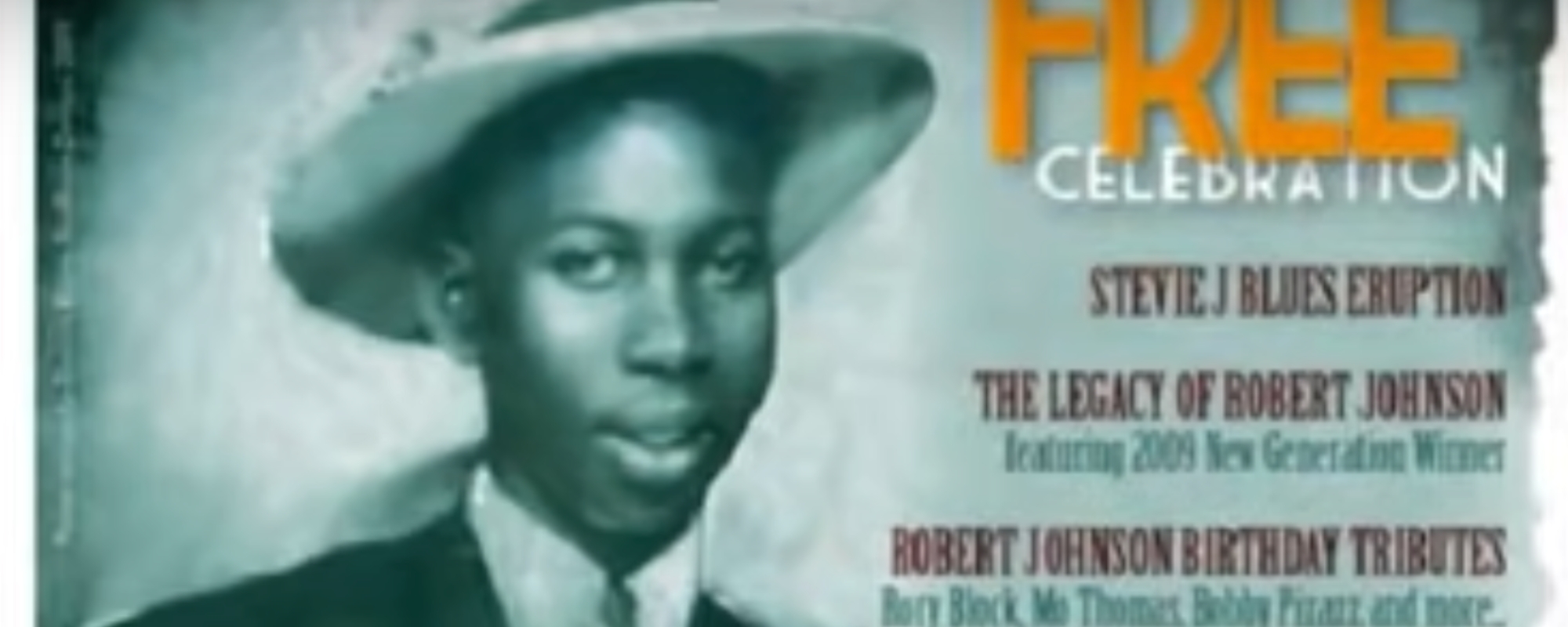“St. Louis Blues”
Videos by American Songwriter
Written by W.C. Handy
“I hate to see the evening sun go down…”
So begins one of the most famous songs in blues history, a work often compared to Shakespeare’s Hamlet for its iconic power and influence. At the time “St. Louis Blues” first appeared, however, in September of 1914, its 40-year-old composer (later to acquire a reputation as legendary as the song itself) was anything but renowned. It’s true that William Christopher Handy had already written one hit, “Memphis Blues” (1912), but its blessings proved to be mixed. After selling rights to the song for $50, Handy was forced to watch as others reaped the profits—an early lesson in the benefits of self-publishing.
Teaming with a young lyricist and bank cashier, Handy established “Pace & Handy Music Company-Publishers,” at a time when few African-American songwriters had entered the publishing field. For his next big composition, the Memphis-based Handy turned to Beale Street for inspiration. Handy’s impressions of that vibrant thoroughfare, as recounted in his memoir, Father of the Blues, offer a distinct contrast to the sleepy tourist haven Beale has become today:
Chitterling joints were as crowded as the more fashionable resorts like the Iroquois. Piano thumpers tickled the ivories in the saloons to attract customers, furnishing a theme for the prayers at Beale Street Baptist Church…Pimps in boxback coats and undented Stetsons came out to get a breath of early evening air and to welcome the young night.
It was within this environment, holed up inside a rented room, that Handy created the work that was to seal his legacy. Even so, “St. Louis Blues” could hardly be described as an overnight success. The song’s reputation grew slowly, gathering stature as it traveled from town to town on the African-American vaudeville circuit—a crucial way of building publicity in those days prior to the development of radio. In their essay, “Sheet Music, Southern Vaudeville, and the Blues,” historians Lynn Abbott and Doug Seroff write that the first performer to sing “St. Louis Blues” professionally was Charles Anderson, a popular female impersonator who included the song in his act as early as October of 1914. This supports an assertion made by singer Ethel Waters, who claimed to have learned “St. Louis Blues” from Anderson and, subsequently, to have featured it herself during a 1917 engagement in Baltimore. Eventually, Waters carried the song to New York, where she performed it in 1919 at Harlem’s Lincoln Theater—one of the city’s top showplaces for African-American talent. That year, Handy’s prized composition finally gained a wider audience—five years after its publication—through a hit recorded version by white vaudevillian Al Bernard.
Even within the set framework of 12-bar blues, “St. Louis Blues” stands out as unique. The metaphorical line, “my man’s got a heart like a rock cast in the sea,” was inspired, according to Handy, by a woman he encountered in St. Louis, “stumbling along the poorly lighted street.” Hungry and poor himself at the time, Handy was moved by the observation that the woman’s pain “seemed even greater.” Also unusual is the song’s bridge section (“St. Louis woman, with her diamond rings, pulls that man around by her apron strings”), which incorporates a shifting tango rhythm to lend what Handy characterized as a “tom tom beat.” With his genius for combining diverse musical influences, Handy established himself as one of the original genre-mixers.
In time, “St. Louis Blues” would be interpreted by hundreds of artists, but few of them did it more brilliantly than the “Empress of the Blues,” Bessie Smith, whose 1925 version remains a landmark in musical history. Representing the pinnacle of what is now termed the “classic female blues,” Smith’s “St. Louis Blues” is a masterwork of control balanced with emotion. The young Louis Armstrong joins her for the first time on cornet, adding smooth and elastic phrases in what Smith biographer Chris Albertson has effectively cited as a duet between complementary voices (“one might mistake this effort for the fruit of a long and happy association”). It is through the Smith/Armstrong version that “St. Louis Blues” has most effectively journeyed into modern times, influencing a generation of rock vocalists—Janis Joplin once commented how Smith “showed me the air and taught me how to fill it”—and gaining a permanent spot in the American musical canon.













Leave a Reply
Only members can comment. Become a member. Already a member? Log in.